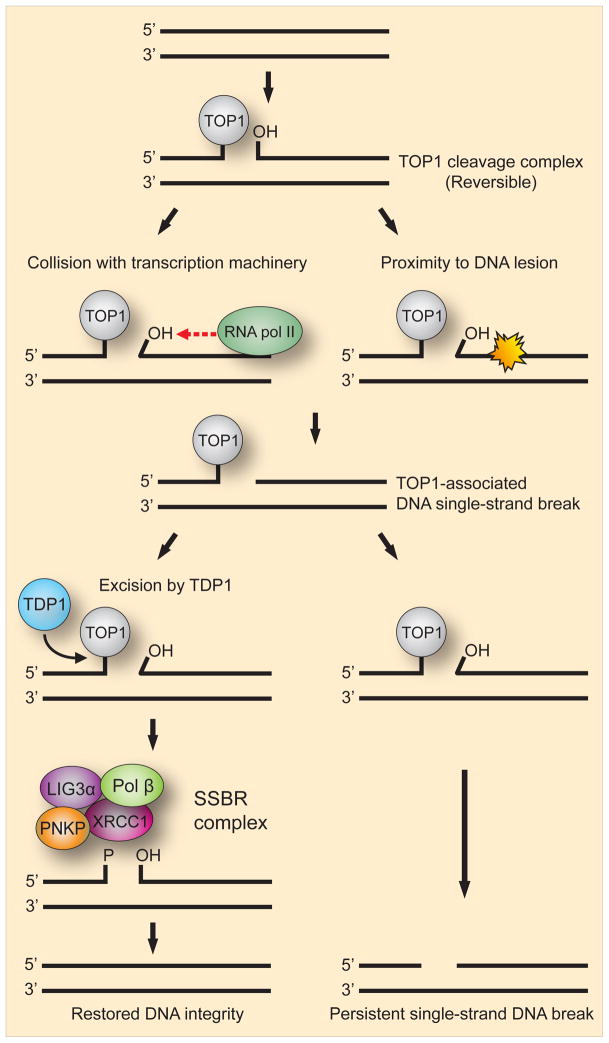Fig. 6. Model for the generation of single-strand breaks from TOP1 cleavage complexes.
During various processes of DNA metabolism the enzymatic activity of DNA topoisomerase I (TOP1) generates reversible 3′-TOP1-DNA intermediates known as TOP1 cleavage complexes. Such complexes can, however, become unduly long lived and collision with RNA pol II or the proximity of a DNA lesion creates a TOP1-associated DNA single-strand break. The enzyme responsible for cleaving the link between TOP1 and the 3′-teminus of the single-stranded break is TDP1. If excision is successful the remaining strand break can then be repaired by a SSBR complex consisting of PNKP, XRCC1, Pol β and LIG3α thereby restoring DNA integrity. If excision by TDP1 fails, a persistent DNA single-strand break will be generated.

